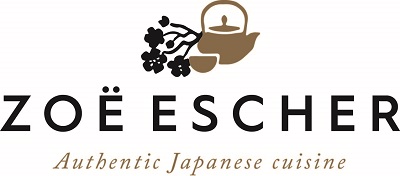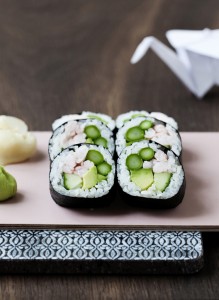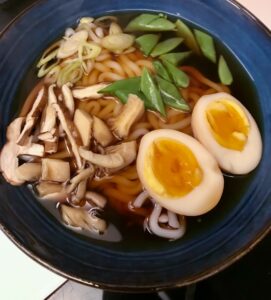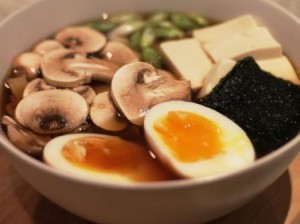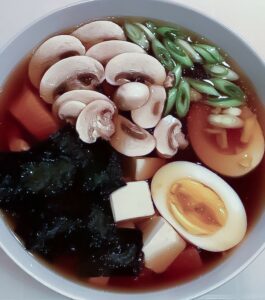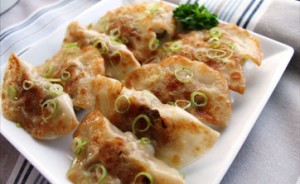
Japanese gyoza are in fact Japanese dumpings.
Originally, Japanese gyoza comes from China. China is known for making many different kinds of dumplings with fish, meat, seafood or a combination of it all.
When the Chinese dumplings came to Japan many years ago, the Chinese dumplings were adapted to Japanese cuisine. Other raw materials were used. The dough sheets used to make Japanese gyoza are made with classic ingredients used in Japanese cuisine.
Japanese chefs made their own interpretation of gyoza. It became like a banner bearer for all other gyoza that have since come into being. The Japanese chefs also developed their very own hand techniques used to fold the Japanese gyoza.
The actual preparation of gyoza is another. A gyoza must go through several steps before it is ready to be eaten.
In the Traditional Japanese food course for beginners, you will learn how to make gyoza as they are served in restaurants in Tokyo.
_
Zoë has lectured and held sushi courses for A. P. Moller – Maersk, Hugo Boss Nordic, Novo Nordisk, Novartis, Velux, Gorrissen Federspiel, Beierholm revision, Elbek & Vejrup and many more.
